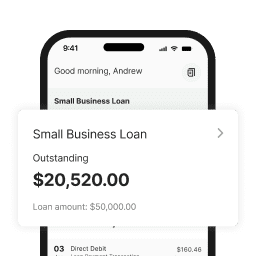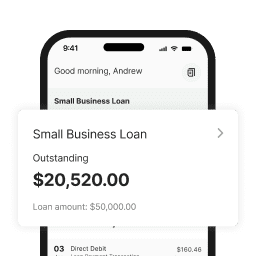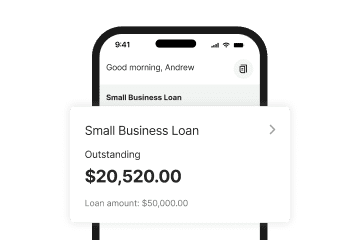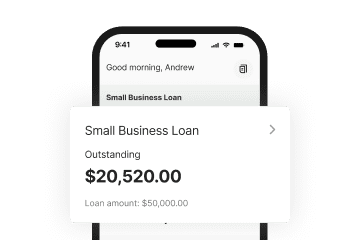Have you left your end-of-financial-year (EOFY) planning until the last minute? Need some last minute tax tips as a result? We’ve all been there.
When you’re a small business owner or self-employed person, it can be tough keeping on top of your taxes as well as your business. So here’s our three-step guide to getting it together—fast!
Step 1: Gather all of your documents
Tick-tock. June 30 is the deadline for your annual responsibilities of legal requirements, as well as those things that will help keep your business running smoothly over the coming year.
Your exact requirements will depend on your business. If you’re a plumber working by and for yourself, you won’t have to worry about employee tax time prep, as you will if you manage a team of staff. Either way, your quarterly or annual Business Activity Statement (BAS) will be due for lodgment.
If you have staff, your quarterly Superannuation Guarantee will now be due for payment too. You’ll also need to organise your employees’ payroll issues, such as any outstanding leave and long-service entitlements. Now is also the time to complete your:
- Annual Income Tax
- PAYG Withholding
- Fringe Benefit Tax, and,
- Goods and Services Tax reports or returns.
Now’s the time to make an appointment with your accountant to go over any ways you can reduce your tax through last minute deductions, such as personal contributions to your superannuation, deferring income until July, or buying deductible items sooner rather than later. Another good reason for buying deductible items now is that many retailers run EOFY sales.
Step 2: Record and review your business position
Once you’ve gotten all of your paperwork organised, take some time to assess how your business has performed over the last year. Run through your financials and assess how performance matched up against any targets you set this time last year.
If applicable, prepare a profit and loss sheet for the year showing all of your revenues and expenses (you can download a template from business.gov.au here).You may be able to write off bad debts as a tax deduction, so review and organise a record of any outstanding debtors and creditors.
If you have a business with inventory, this is also the time to conduct a stocktake and hold your own EOFY sale to clear out any old or unwanted product.
Step 3: Plan ahead for the new financial year
Now you’ve taken care of the nuts and bolts, it’s time to get ready for the year ahead.
If you’re not totally happy with how your financial results have stacked up this year, perhaps it’s time to review your business plan and see where you can make changes?
Have there been any significant changes to your industry, location or business operations that mean you need to rethink your approach? For example, if online competition has grown, do you need to set up an ecommerce platform or improve the online offering you already have?
Make sure you also have a cash flow forecast and a plan in place for any lean periods you know are on the horizon. That way you can be confident you’ll still be able to pay your employees and suppliers.
Not happy?
If you’re not feeling satisfied with any of your major clients or the diversity of your customer base, think about how you can expand your business. Perhaps you need implement a loyalty program in your cafe, or offer discounts for customers who refer new business to your hair salon.
If you are looking for some extra funds to grow your business in the new year, talk to Prospa about how we can help meet your business finance needs.








